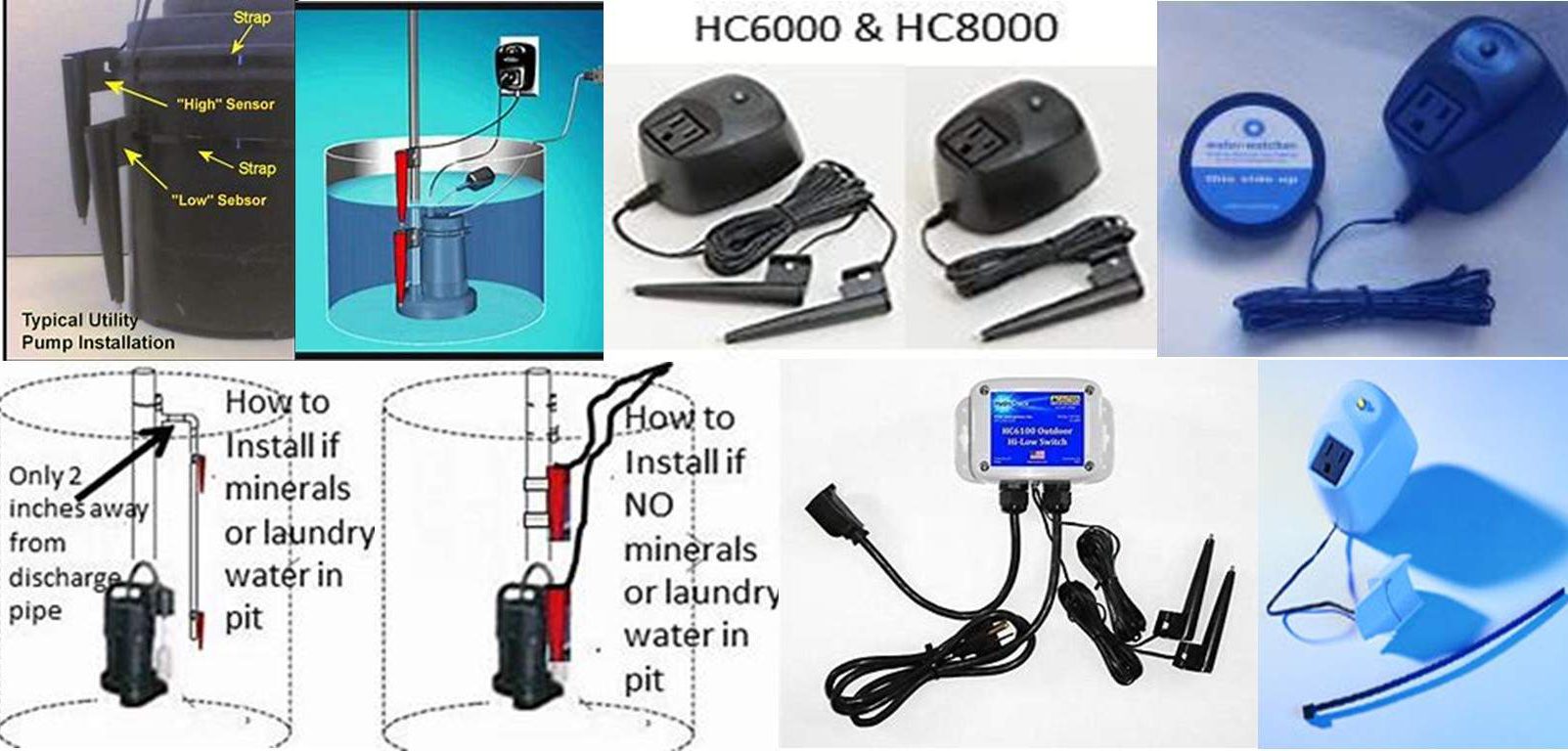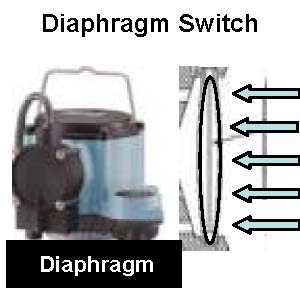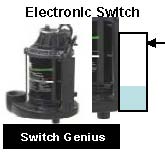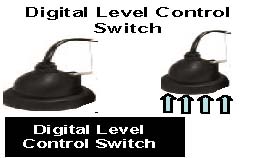How Sump Pump Float Switch Works

|
The electronic switch controller (HC6000) relies on the presence of rising water in the sump pit. The greater the amount of water in the pit the less resistance there is compared to the grounded pump motor. The two sensors can detect the extent of resistance from the water as it increases and decreases. When both sensors detect low water resistance (this occurs when the water level rises in the pit above both sensors), the control module is trigger to turn the pump motor on. When the water level is below both sensors, the water resistance increases greatly. The water resistance is greater than the grounded pump motor and the pump will not run. Once the water level covers both sensors again, the control module is triggered to turn the pump motor on. This process is repeated again and again as the pit water rises and lowers.
|
 |
| Return to Sump Pump Switch topic index. |
|
Electronic switch controller
The electronic switch controller is known for the following characteristics:
|
 |
| Return to Sump Pump Switch topic index. |
We have installed an Electronic Switch Controller, the Hi-Lo HC6000, and it works so perfectly.Our sump pump does not run as much now. We live in a high water table area so our sump pit fills with water even when it is not raining.We increased the distance between the ‘on’ and ‘off’ sensors so our pump runs half as much as it did before because the present manufacturers ‘on’ and ‘off’ switch settings are no longer used. We like the fact that the HC6000 electronic switch controller is a piggyback plug so we can use it with our existing submersible sump pumps (we have two sump pits).All we had to do was attach the sensors of the HC6000 electronic switch to the discharge pipe, secure the float of our existing submersible sump pump in highest position ‘on’, plug the HC6000 into the wall socket and plug the submersible sump pump motor cord into the HC6000 controller piggyback plug. No additional plumbing or electrical wiring was required. Check the HC6000 Electronic Sump Pump Switch now. You will be glad you did.
For your convenience, a purchase link with product detail is found below.
HydroCheck HC6000 Hi-Lo Pump Controller Return to Sump Pump Switch topic index.
|




